Picture walking into your home after a long day and being greeted by a massive, fluffy companion who seems part cat, part teddy bear. You watch this magnificent creature leap effortlessly onto towering shelves, then gracefully pad over to curl up beside you with the gentlest of purrs. This isn’t fantasy – it’s everyday life with a Siberian cat.
These remarkable felines have captured hearts worldwide not just for their stunning appearance, but for their unique blend of wild majesty and domestic devotion. Whether you’re drawn to their fascinating water play, their surprising dog-like loyalty, or their ability to thrive in virtually any family setting, there’s something truly special about these northern beauties. So let’s dive into what makes these gentle giants so irresistible.
A Living Legend from the Frozen North
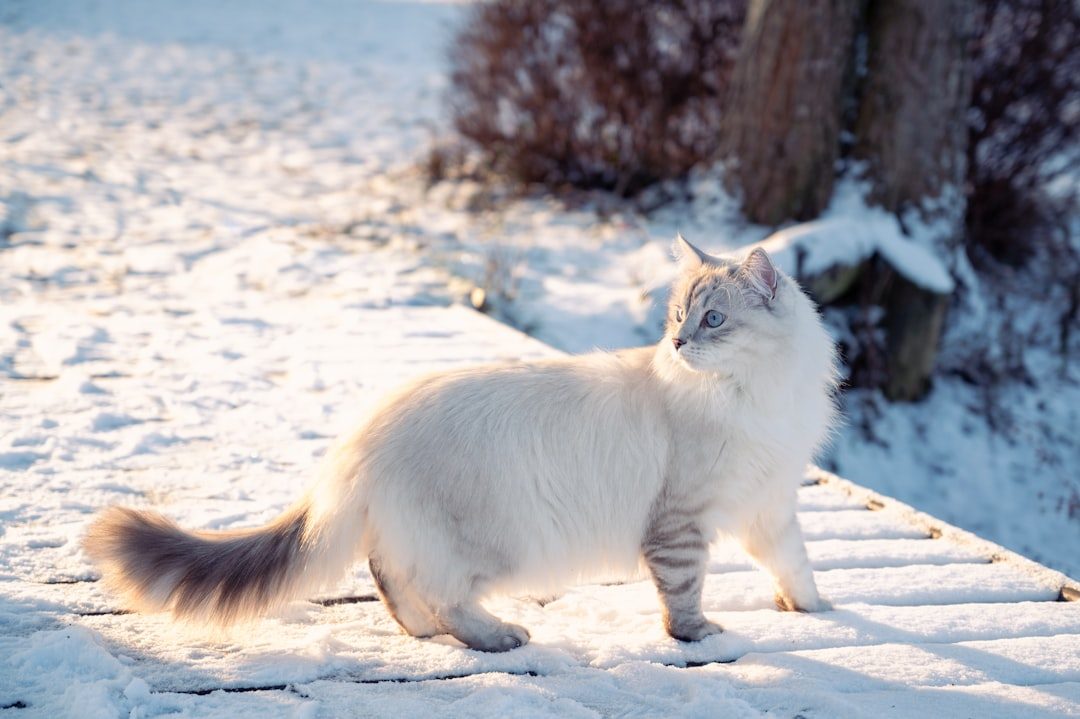
Siberian cats originate in Russia. More specifically, they hail from the region of Siberia, which is known for its cold, harsh climate. These cold-hardy cats are thought to have developed in the wilderness of the area, living in the dense Siberian forests and adapting to life over a number of centuries. What’s truly remarkable is that Siberian cats are believed to have originated in the dense forests of Siberia at least 1,000 years ago. Some people even think these silky beauties are the ancestors to all modern longhair cats.
First documented in the Middle Ages, Siberian cats have long been part of Russian folklore, often depicted as mystical creatures. Valued for their exceptional hunting skills, these cats played a vital role in keeping rodent populations in check in homes, farms, and monasteries. Think of them as furry medieval superheroes, protecting grain stores from mice while earning their place in countless Russian fairytales.
Despite their rich history, the Siberian cat has remained relatively unknown outside of Russia for centuries. It wasn’t until the late 20th century that the breed gained international recognition and in 1990, the breed was officially introduced to the United States, sparking their rise in popularity across the world.
Magnificent Size and Build

This breed is on the large side. Males typically weigh from 15 to 20 pounds while females weigh from 10 to 15 pounds. Some healthy males can weigh up to 25 pounds. Both males and females range from 17 to 25 inches long. However, don’t let the impressive numbers fool you into thinking these are simply oversized house cats.
They have muscular bodies with short legs and necks. Their back legs are longer than their front legs, which aids them with jumping and bounding through the deep snow of their home country. This unique body structure makes them incredible athletes capable of feats that would impress even seasoned cat owners.
Stocky yet agile, Siberian cats are powerfully built with strong hind legs that are slightly longer than their front legs, creating an arch. This makes them skilled jumpers and incredible athletes. They resemble Maine Coons and Norwegian Forest cats but with rounder heads and larger paws. Picture a feline Olympic athlete wrapped in the fluffiest winter coat imaginable.
The Legendary Triple Coat
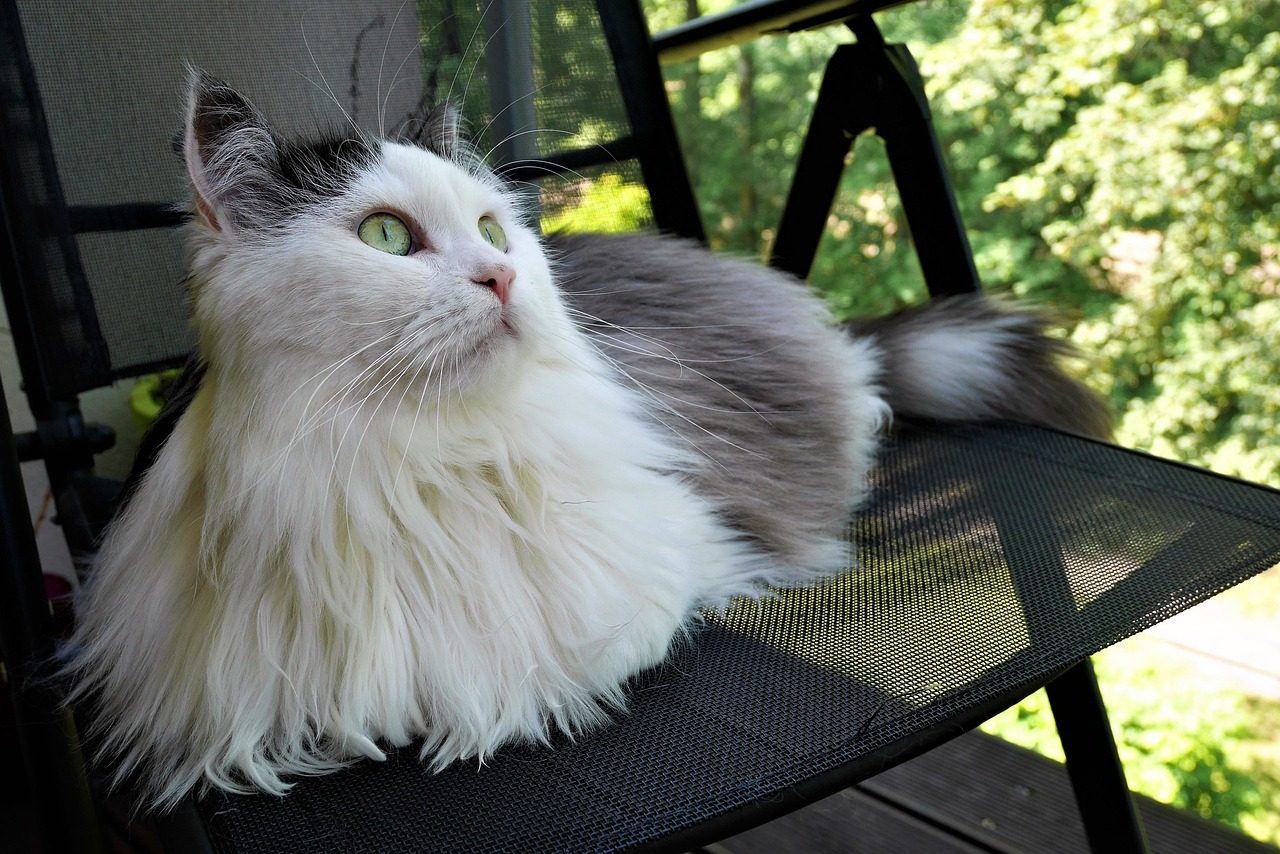
From tufted ears to exquisite neck ruff to their big, bushy tail, the most remarkable attribute of a Siberian is their thick, three-layered coat. It consists of coarse and straight guard hairs, thin and wavy awn hairs, and a wooly down undercoat. Tabbies are common, but Siberians come in a variety of colors and patterns, including solid, tortoiseshell, and color point.
One of their most distinctive features is their triple-layered, water-resistant coat, which is perfectly adapted for cold climates. This dense fur, along with their bushy tail, provides excellent insulation, keeping them warm in freezing temperatures while also giving them their signature fluffy appearance. It’s nature’s ultimate winter wardrobe, designed by thousands of years of evolution.
Surprisingly, this coat has a tendency to remain tangle-free, even without frequent brushing. Siberian cat parents find themselves brushing far more often as winter weather gives way to summer’s warmer temperatures and the heavy undercoat is shed.
Intelligence That Amazes
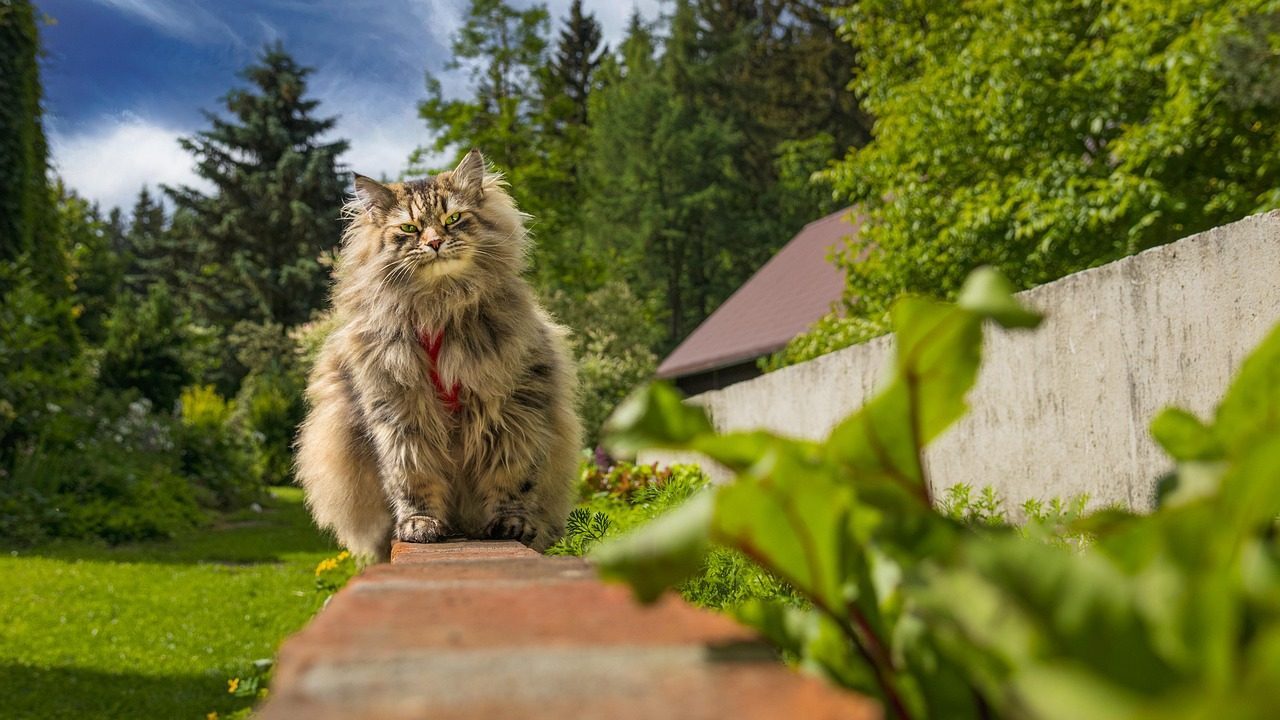
The Siberian cat’s personality is that of an intelligent, independent pet. They love exploring the world around them. They’re great at getting into things and can figure out how to open all kinds of doors – especially if their cat food is hidden nearby. Kittens have even been known to climb brick walls.
Siberian cats are highly intelligent and curious, requiring regular mental stimulation to prevent boredom and destructive behavior. A combination of playtime, climbing, and scratching is essential to keep them happy and stimulated. Owners should also engage in interactive play, such as chasing laser pointers or playing with feather toys, to challenge their Siberian’s problem-solving skills and provide mental stimulation.
Think of living with a furry Einstein who can also jump six feet in the air. VCA Animal Hospitals has an interesting article where they inform that these cats are smart enough to “open cabinet doors and even bi-fold sliding closet doors.” Your kitchen cabinets will never be safe again!
Surprisingly Social Temperament
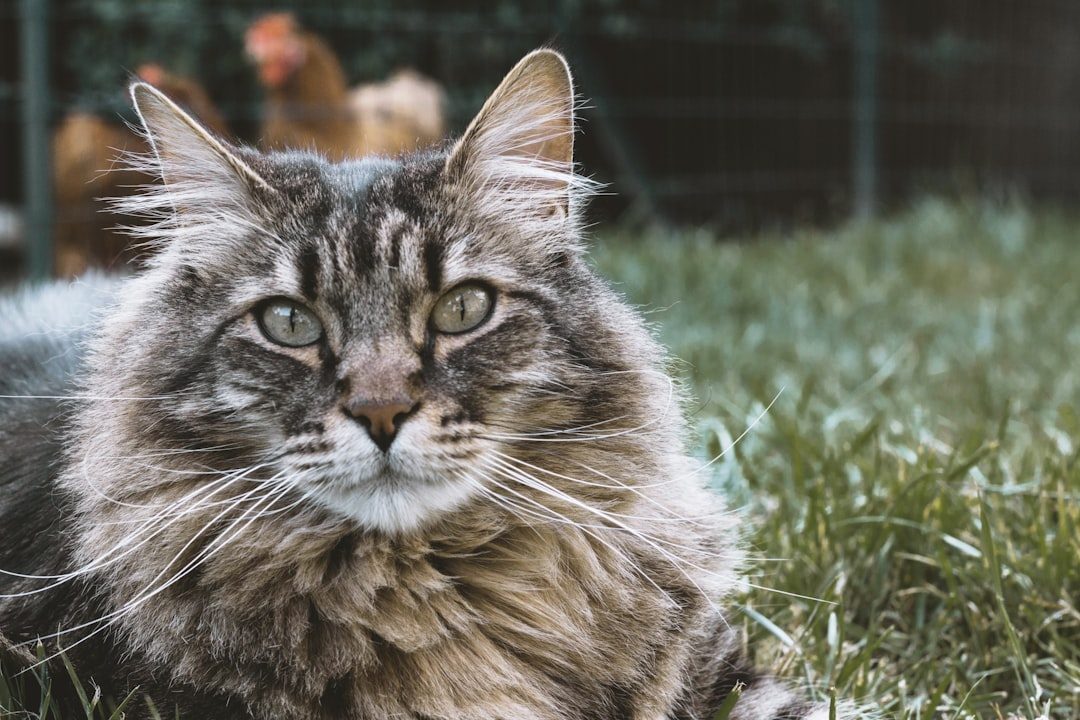
Research has shown that the Siberian cat is one of the most sociable toward humans and least likely to show fearfulness.1 Of course, the cat’s upbringing also plays a role, but the animal’s genetics provide a solid foundation for a good pet/owner relationship. These wonderful cats are big softies who just want to be close to their chosen humans – they will literally follow you around the house and snuggle up on your lap, offering themselves up as a sort of feline hot water bottle.
Gregarious Siberians get on well with other animals and children too. They are playful and athletic by nature though the Siberian cat’s calm disposition and gentle nature make them a suitable choice for households with other pets. They are dog-friendly, especially if introduced as kittens.
Siberians are VERY social and will frequently display unwanted behaviors if they are not appropriately socialized or have opportunities for energetic play. They thrive on interaction and genuinely need their human families to be happy.
The Water-Loving Phenomenon

Here’s where Siberians truly stand apart from typical felines. They love water. The Siberian has majestic fur that not only offers great insulation, but is also waterproof. This may be the reason why these cats love water! You will often catch them playing with faucets, water fountains or water bowls. Don’t be surprised if they hop into your shower too!
Siberians are often fascinated by water, and do not mind getting a little wet, as their guard hairs are water-repellent. For instance, many Siberian cats love water – so don’t be surprised if your cat follows you into the shower or bath to play!
A Siberian cat’s fascination with water probably stems from their thick triple coat, which protected their ancestors during the hard winters of their native Russia. Siberian cats will often swat at running water coming from a faucet, jump into a shower that has water droplets still in the tub, and drop their toys in the sink while you are doing dishes. Imagine having a cat who acts more like a water-loving dog!
Grooming Needs and Care
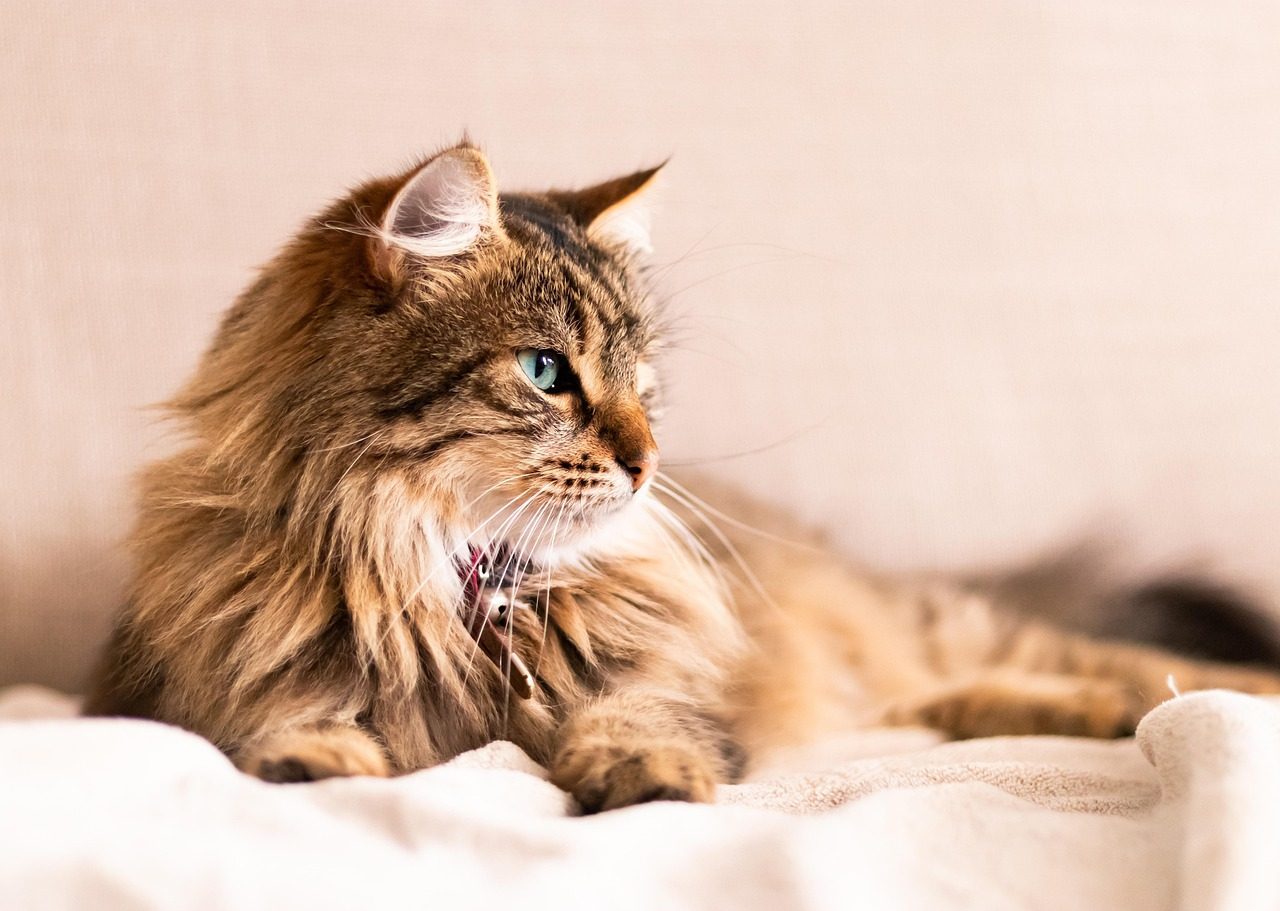
Its dense, thick coat is surprisingly easy to maintain. Weekly brushings is usually all that is required to keep the coat healthy and free of mats. The exception is during the spring and fall (shedding seasons for Siberians) and daily brushing is advised.
It may surprise you to know just how easy it can be to maintain the thick coat of Siberian cats. Their grooming needs are minimal, but they do require a grooming routine to keep their coat healthy and free of mats and tangles. During shedding or molting periods, Siberian cats may need more frequent coat care, but this will only occur twice per year.
Siberians produce oil to keep their coats nourished in the winter and cool in the summer. Washing their fur strips that oil, so your Siberian cat really should only be bathed as needed, and no more than once a month. If you suffer from cat allergies, you may prefer to bathe them at least once or twice a year to reduce the dander trapped in their coats, but brushing is the best method to combat loose fur and dander.
Health Considerations
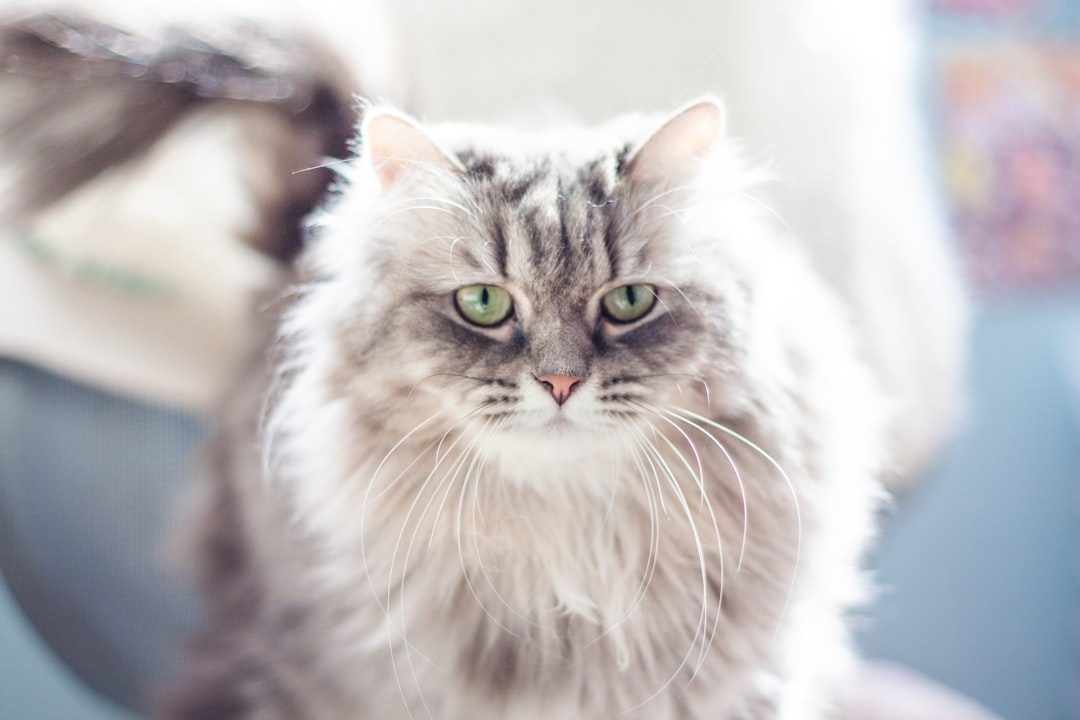
Siberians are generally very healthy cats with a long lifespan of 10–18 years. But, while the breed is not tied to any specific hereditary health issues, Bruce Kornreich, DVM, Ph.D., director of the Cornell Feline Health Center, says it’s important to pay attention to what reputable Siberian cat breeders say they see frequently.
Siberians are generally healthy cats but the breed is among those prone to a condition called hypertrophic cardiomyopathy, a form of heart disease that causes the heart muscle to enlarge, decreasing its efficiency. Always try to buy from a reputable breeder who will take care to only breed from disease-free parents.
Hypertrophic Cardiomyopathy (HCM) is a common heart condition in Siberian cats that requires early detection and management. Polycystic Kidney Disease (PKD) can affect Siberian cats, making regular vet check-ups essential for early diagnosis and treatment. Dental issues like periodontal disease are prevalent in Siberian cats, emphasizing the importance of regular dental care. Regular veterinary checkups and quality care from reputable breeders help ensure your gentle giant lives a long, healthy life.
These magnificent cats offer an extraordinary combination of wild beauty and domestic devotion that few breeds can match. From their legendary water play to their dog-like loyalty, Siberians continue to surprise and delight cat lovers worldwide. Their gentle nature paired with impressive size makes them perfect companions for families seeking a truly special feline friend. What more could you ask for in a cat than a fluffy giant who follows you around like a devoted friend and might just join you in the shower?





